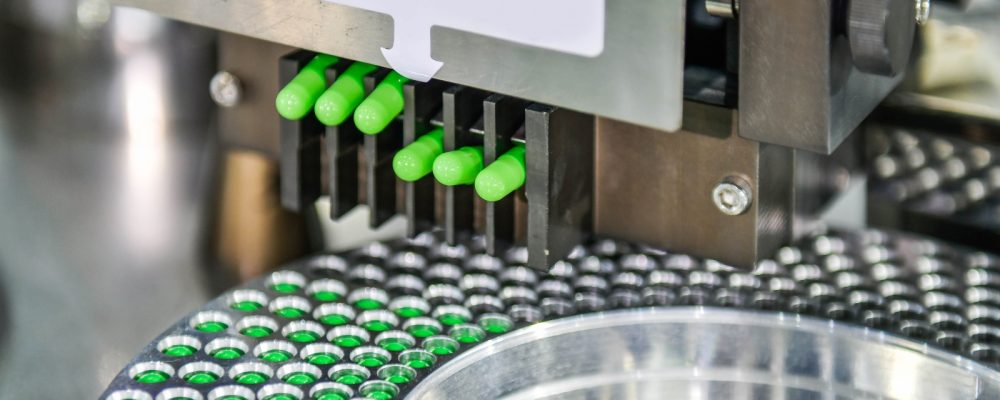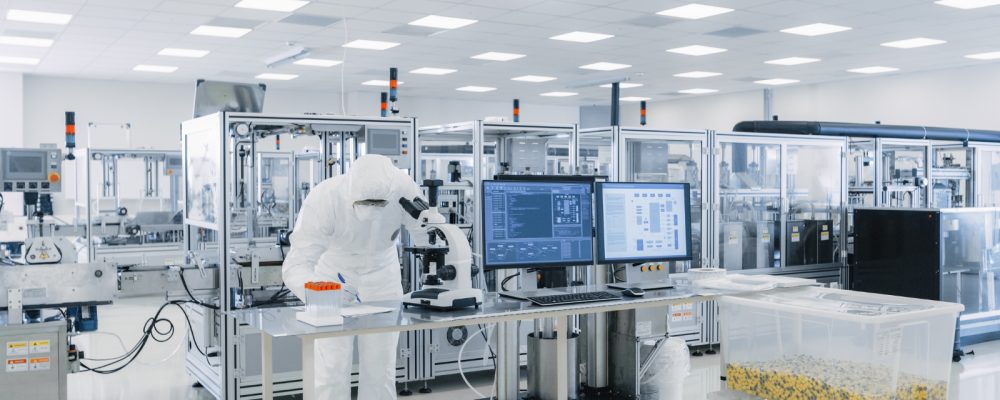In this article, we explore the eight hidden challenges faced by pharmaceutical manufacturers in 2025.
We will uncover
- What are the Main Issues in the Pharmaceutical Industry?
- Strategies to Overcome Challenges in the Pharmaceutical Industry
- Cerexio Solution to Overcome Challenges in the Pharmaceutical Manufacturing Industry
- Filling the Gaps of the Pharmaceutical Manufacturing Industry with Digital Tools
- FAQ about Pharmaceutical Manufacturing Industry
What are the Main Issues in the Pharmaceutical Industry?

Rising R&D Costs
Each trial phase drains money and time, and the pressure to recover costs grows heavier. When development becomes more advanced, companies face a confusing maze of risks in parallel. This is making every decision feel like gambling with enormous stakes.
Stringent Regulatory Requirements
Due to those reasons, pharmaceutical teams must jump through complex hoops and frequently repeat steps if the data does not align. This constant back-and-forth eats up both resources and momentum. Even the most promising drugs can end up delayed, stuck in red tape longer than anyone expects.
Supply Chain Disruptions
Many companies still depend heavily on raw materials from just one or two countries, like China or India. Therefore, when political tensions rise or shipping stalls, the whole system slows down. Unexpected delays hurt production timelines, and even one missing ingredient can pause an entire product line.
With so much out of their control, manufacturers feel like they are walking a tightrope over uncertain ground.
Patent Expirations
That cuts deeply into original manufacturers’ profits and wipes out years of market dominance in a flash. To make things harder, companies cannot rely on past success. They must constantly look for the next big product. This endless cycle puts pressure on research teams and pushes businesses to rethink how they protect innovation.
Digital Transformation Gaps
Their systems do not always cooperate, and data often gets stuck in silos. This slows down decision-making and stops teams from using insights to move faster. While some companies invest in new technologies, others fall behind, unsure of how to make them work across research, manufacturing, and supply.
Talent Shortages
In this case, companies have to compete for a shrinking pool of experts, and even when they find someone, they must work hard to keep them. The race for skilled minds never stops.
Antimicrobial Resistance (AMR)
This is where scientists face tough challenges in developing these drugs, because bacteria keep adapting faster than expected. On top of that, funding for antibiotic research usually dries up early, since returns look smaller compared to other treatments.
Yet, demand keeps rising as resistance spreads. This leaves pharmaceutical companies in a tricky spot, knowing the world needs help but unsure how to push forward.
Drug Pricing Pressures
Pharmaceutical companies walk a fine line, trying to stay profitable without losing trust. Balancing access and affordability becomes harder each year. Public pressure grows louder, and now pricing strategies must shift fast or risk damage to both reputation and long-term market position.
Strategies to Overcome Challenges in the Pharmaceutical Industry

- Employ AI and Predictive Analytics in Drug Discovery
Drug development drains budgets quickly, but AI is changing the flow. Companies can now use smart tools to scan millions of compounds, run virtual trials, and spot problems early. This cuts waste, boosts speed, and gives research teams more confidence in what to move forward with, all without burning through billions.
- Implement Regulatory Intelligence Platforms
Regulations change fast, and companies that try to chase them manually tend to fall behind. So, they must use smart platforms powered by AI to track global updates, predict changes, and simplify drug approvals. This gives companies a better grip on timelines and keeps paperwork from turning into a messy obstacle course.
- Build Resilient, Digitally Connected Supply Chains
If they need to stop disruptions from derailing operations, companies have to use digital twin, blockchain tools, and local production centres. These updates let them see problems early, react fast, and shift resources when needed. Instead of guessing, teams get real-time info, which makes the whole supply chain more stable and ready for surprises.
- Strengthen Lifecycle Management and Diversification
When a patent clock starts ticking down, companies must shift gears. They will have to create new versions, like extended-release, or switch to niche treatments like orphan drugs. At the same time, they can explore new areas like gene therapy or rare disease markets to keep momentum. This strategy keeps products alive even after exclusivity ends.
- Establish Cross-Functional Digital Innovation Units
Tech adoption tends to fail when teams do not communicate well. That is why companies now form digital units where IT, R&D, and business leads collaborate from day one. These teams have to pick the right tools, test them fast, and scale what works. It closes the gap between digital plans and actual, on-the-ground execution.
- Invest in Strategic Upskilling and Global Talent Pools
Pharma companies cannot sit back and wait for talent anymore. They should work with universities to design industry-ready courses while running hands-on programmes to teach employees biotech, AI, and data skills. At the same time, they must try to hire from global pools using remote models. This mix helps them close gaps faster and stay productive.
- Collaborate with Public-Private AMR Innovation Alliances
Pharma companies do not have to fight AMR alone anymore. They should join hands with governments, nonprofits, and research teams to co-develop solutions. With pooled funding and shared data, they can run smarter trials and use AI to speed up antibiotic discovery. This shared effort makes progress more realistic.
- Adopt Value-Based Pricing Models
Instead of pricing drugs the old way, many companies now link cost to actual patient outcomes. This approach lets them prove real-world impact, which builds trust and helps justify the price tag. It also eases tension with insurers and healthcare systems while protecting profit without ignoring public concerns.
Cerexio Solution to Overcome Challenges in the Pharmaceutical Manufacturing Industry

Cerexio presents a Manufacturing Execution System that easily adapts to pharmaceutical complexity. Powered by Industry 4.0, it streamlines compliance, reduces downtime, and enables traceable, transparent production. Whether your company is battling AMR demands or digital transformation delays, this MES gives you the data-driven precision and resilience your pharma operations need, without compromising speed or quality.
Filling the Gaps of the Pharmaceutical Manufacturing Industry with Digital Tools

What once slowed pharmaceutical manufacturing now powers it forward. You can see that these digital tools turn hidden inefficiencies into visible victories, connecting the dots with clarity and speed. As each gap closes, the real story begins, not of automation, but of reinvention.
FAQ about Pharmaceutical Manufacturing Industry
Pharmaceutical companies face high risks in new product development, including regulatory hurdles, clinical trial failures, high R&D costs, market rejection, and patent uncertainties, making success unpredictable despite significant financial and scientific investments.
The future of pharma manufacturing includes smart factories, continuous processing, AI-driven quality control, personalised medicine, and sustainable practices. These innovations aim to boost efficiency, lower costs, and accelerate time-to-market for new drugs.
SWOT analysis in the pharmaceutical industry evaluates strengths, weaknesses, opportunities, and threats to guide strategic decisions. It helps companies identify internal capabilities and external risks, ensuring competitive positioning and informed market planning.
